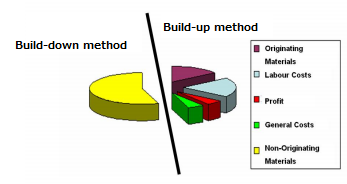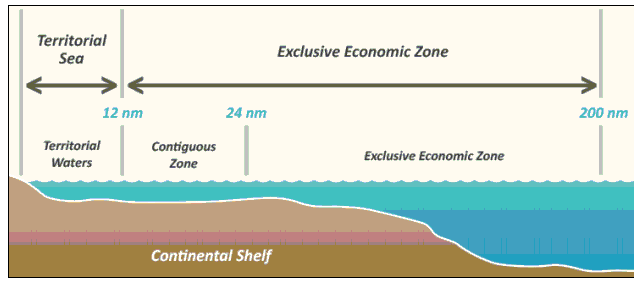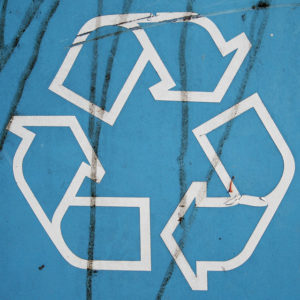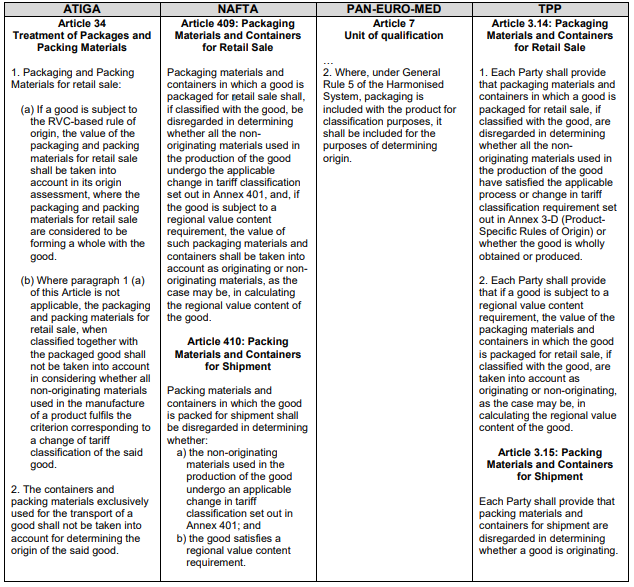“Net cost” represents all of the costs incurred by the producer minus expenses for
sales promotion (including marketing and after-sales service), royalties, shipping
and packing costs and non-allowable interest costs.
Example
An electric hair curling iron (subheading 8516.32)

| Parts & Costs | Cost | Origin | Value |
| Non-originating materials(8516.90) | Net-cost | Non-Originating | 1.2 |
| Cost of production | Net-cost | 2.45 | |
| Profit | Cost | 0.5 | |
| Transport | Cost | 0.25 | |
| FOB Price | 4.4 |
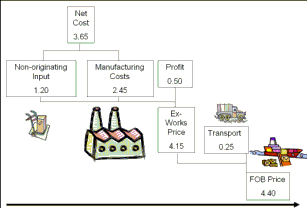
Retrieved from:WCO ORIGIN COMPENDIUM
An electric hair curling iron (subheading 8516.32) is made in Mexico from
Japanese hair curler parts (8516.90). Selling price value 4.40; the value of
the non-originating hair curler parts is 1.20.
Example of Product-specific rule for headings 8516.32 is
(a). 60 percent where the transaction value method is used, or
(b). 50 percent where the net cost method is used.
There are two requirements to satisfy the rule of origin.
(a) calculation, adopting for “Transaction value method”
(b) calculation, adopting for “Net cost method”
If Transaction value method is used in this example,
The formula for calculating the qualifying value content is:
![]()
On the other hand, if the Net cost method is used,
The sum of “Non-originating materials” and “Cost of production” are
considered as a Net cost.

